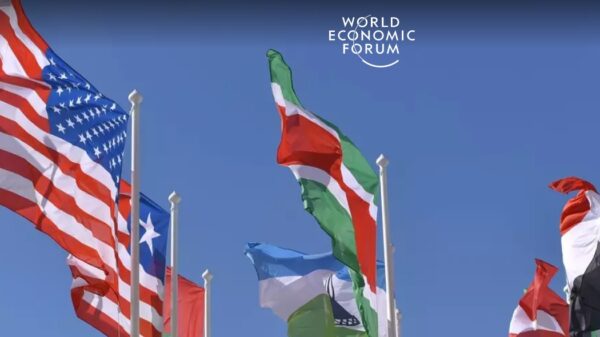So many entities, commercial, industrial and institutions, still ask questions about “why ESG”. Many view it as an additional administrative burden.
In this 3-part series, Sharon Myburgh sketches the development of ESG.
She explores explores the question how an entity can deploy it to its advantage because, at the end of the day, this is a win-win for finances and the circular economy, argues the Cape Town-based Sustainomics executive responsbile for carbon footprinting, energy audits and energy managements systems.
She has 30 years’ experience in impact assessments, more than 20 of which in consulting and has served on various boards as non-executive director.
Today the first instalment in this 3-part series on the evolution of ESG.
The global playing fields
No organism or entity exists in and of itself. It exists and operates in an environment. From that it can be inferred that the entity impacts its environment as the environment also impacts the entity.
Thus, as industry developed globally and global trade increased, it became necessary to have globally agreed goals, targets, standards and qualities that would enable comparative analysis.
The environmental angle made a significant contribution to raising awareness.
In the 1970’s the effects of CFC’s on the earth’s atmosphere and the size of the protective ozone layer attracted much scientific research.
Ozone and CO2’s have been studied in the centuries before, and some of its qualities had been known, but real momentum was gained by what research in the 1970’s uncovered.
Scientists were alarmed about the effects on global temperatures as they started monitoring global warming and global dimming effects.
In response to the scientific research and evidence, greenwashing became very popular and companies who could afford it, invested significant amounts of money into marketing their own “sustainability” and “produced lack of information” that proved their products did not affect the natural environment and the livelihoods of whole communities.
By 1987 the Montreal Protocol was agreed on and so started the reduction and phasing out of the manufacturing of certain chemicals with high global warming potential and that have been proved to contribute to the depletion of the earth’s protective ozone layer.
Global events leads to permacrisis
Global events of the last 20 years have further contributed to disrupt the advancement of the industrial revolution.
Volcanic eruptions, tsunamis, droughts – in the Americas, Africa, Australia and now even in Europe – the scarcity of natural resources (due to natural events and global political developments) have all impacted on the Risk Universe within which commerce, industry and other institutions have to operate.
A new word has been coined for the current status quo re disaster management: Permacrisis.
It is clear that we operate in a finite earthly environment with limited resources. New innovations, especially advances in renewable energy technologies, taps into wind and solar benefits, but also brings with it new challenges such as the need for storage of energy.
The need for sustainable development became an internationally adopted goal.
In order to achieve sustainability, one needs the necessary regulatory and organisational systems to bring it about, otherwise not everyone will willingly participate. The EOLSS published an illustration of the complexity of such a system.
Figure: The complex network of interactions between the fundamental dimensions of sustainable development (source: Encyclopedia of life support systems, page 2. EOLSS Mission. EOLSS Publishers. CD-Rom and www.eolss.net)
Arie de Geus in The Living Company quotes a Dutch survey of corporate life expectancy in Japan and Europe which came up with 12.5 years as the average life expectancy of all firms.
“The average life expectancy of a multinational corporation – Fortune 500 or its equivalent – is between 40 and 50 years, says de Geus, noting that one-third of 1970’s Fortune 500 companies had disappeared by 1983.”
Such mortality is attributed by de Geus to the focus of managers on profits and the (financial) bottom line rather than the human community which makes up their organization.
“Fix this, and you have discovered the fountain of youth,” De Geus wrote in 1997.
Tomorrow part 2 in this 3-part series on the Evolution of ESG: The Name of the Game is Sustainability.
- Helen Goulden OBE: there is ‘Work to be done’ for UK businesses to include ‘S’ in ESG
- Analysis: What does the future hold for Green, Social and sustainable Bonds?
- Investors increasingly demand detailed data to understand their companies’ ESG efforts
- Opinion: Why ESG integration is required to promote a just energy transition in Africa









